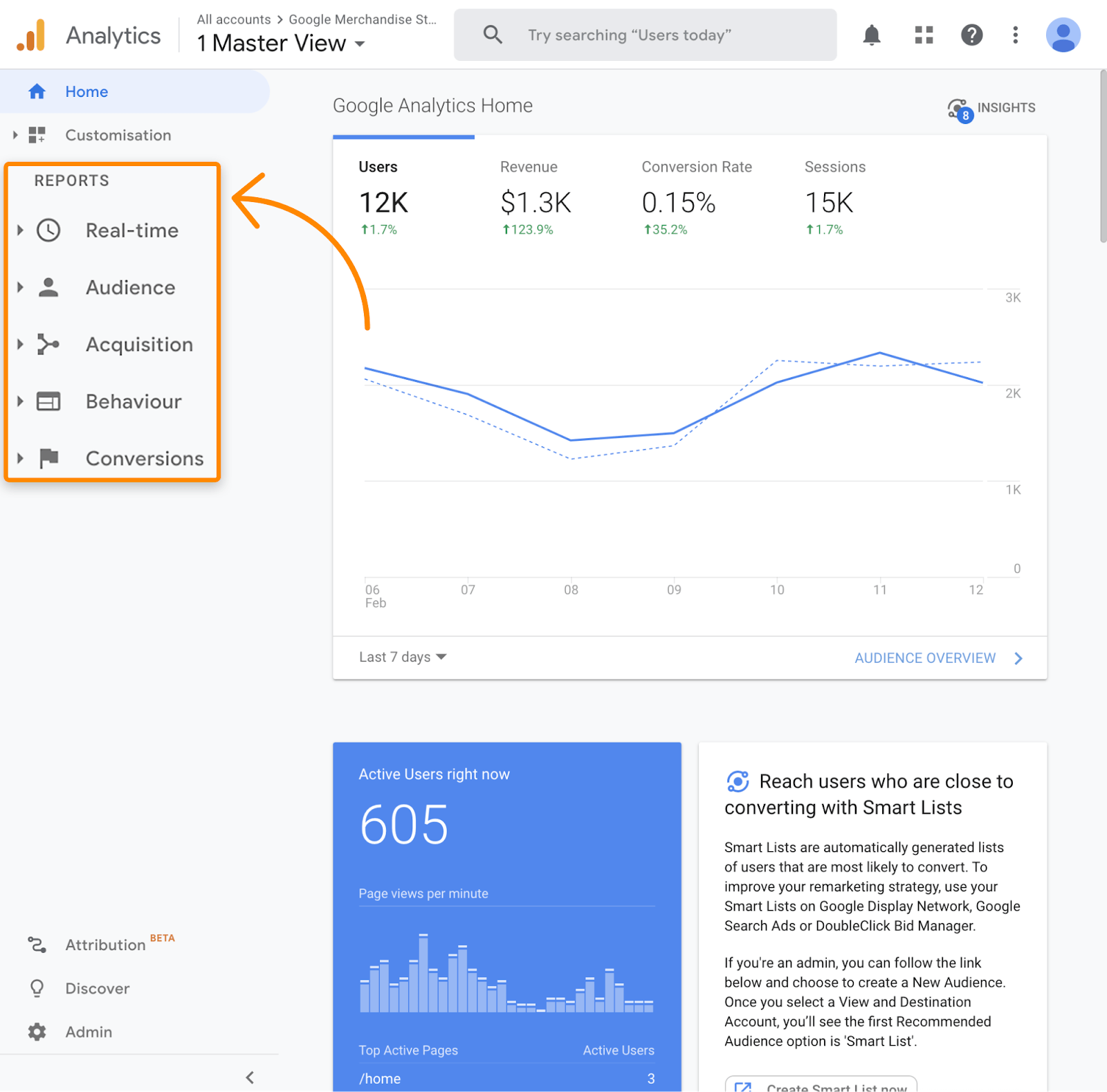Demystifying Secondary Dimensions in Google Analytics: Interpretation and Practical Applications
Demystifying Secondary Dimensions in Google Analytics: Interpretation and Practical Applications
Blog Article
Taking Advantage Of the Power of Additional Dimension in Google Analytics to Fine-tune Your Advertising Method and Drive Results
In the realm of electronic advertising, the capability to make improvements methods and accomplish concrete results is extremely important for services aiming to remain competitive in today's landscape. Leveraging the power of additional measurements within Google Analytics opens up a world of possibilities for marketers seeking to obtain deeper understandings into customer habits and customize their projects with accuracy. By uncovering hidden patterns and refining target market segmentation, businesses can craft targeted methods that reverberate with their clients on an extensive degree. The prospective to determine project performance with a granular lens further highlights the relevance of utilizing this tool to drive success.
Comprehending Additional Dimensions
When assessing data in Google Analytics, recognizing secondary measurements is essential for obtaining deeper understandings right into customer habits and website efficiency. Main dimensions provide standard information such as the number of individuals or sessions, however second measurements offer a more thorough sight by enabling individuals to segment and evaluate information better. By adding a second measurement, marketers can fine-tune their analysis and uncover useful patterns that may have otherwise gone unnoticed.
Second dimensions in Google Analytics can be related to different metrics such as traffic resources, customer demographics, and actions flow. For example, by incorporating the main dimension of 'touchdown pages' with the secondary dimension of 'gadget classification,' marketers can identify which gadgets are driving traffic to specific landing web pages. This information can help maximize site style and content for much better user experience throughout various gadgets
Analyzing Customer Actions Patterns
To successfully understand customer actions patterns, an extensive analysis of data within Google Analytics is important. By delving right into customer behavior patterns, marketing professionals can gain important understandings right into just how visitors communicate with their site, which pages are most engaging, and where possible traffic jams or drop-off points may exist in the conversion channel. Google Analytics supplies a series of devices to assess individual habits, such as behavior flow reports, occasion monitoring, and goal funnels.
Actions flow records give a visual representation of just how customers navigate via the website, revealing the most typical courses users take along with where they hand over. Event monitoring enables marketing professionals to monitor certain communications on the site, such as button clicks or video views, giving a much deeper understanding of individual involvement. Goal funnels track the actions users take towards completing a details goal, highlighting locations for improvement in the conversion procedure.
Enhancing Audience Division
Upon evaluating customer actions patterns, marketers can additionally maximize their approaches by enhancing audience segmentation methods in Google Analytics. Audience segmentation enables the classification of internet site visitors right into certain teams based on various attributes such as demographics, habits, and passions. By utilizing Google Analytics' additional dimensions, marketing experts can refine these segments also further to acquire deeper understandings into their target market's choices and activities.
Enhancing audience division allows online marketers to produce even more targeted and individualized advertising and marketing projects. By determining distinctive user teams, marketers can customize their messaging, content, and offers to far better resonate with each sector's distinct features and demands. This level of personalization can substantially enhance involvement, conversion prices, and total advertising efficiency.
Furthermore, via improved target market division, online marketers can much better comprehend the customer trip and optimize touchpoints along the path to conversion. By assessing just how different sectors interact with the site and advertising and marketing networks, marketing experts can recognize chances to boost user experience, address pain points, and ultimately drive more conversions. On the whole, refining target market division in Google Analytics is an effective technique for optimizing advertising and marketing efficiency and driving sustainable organization growth.
Tailoring Advertising And Marketing Campaigns
Online marketers can optimize their advertising and marketing projects by customizing material and messaging to suit the special qualities and demands of particular target market sections. By leveraging understandings from additional dimensions in Google Analytics, marketers can acquire a much deeper understanding of their target market's actions, preferences, and demographics.
With the evaluation of additional measurements such as traffic resources, tools utilized, or geographical location, marketing professionals can tweak their messaging to be more relevant and impactful. An ecommerce firm may find via Google Analytics that site visitors from social media channels have a greater conversion price than those from organic search. Armed with this understanding, the company can change its advertising and marketing method to focus much more on social networks systems to drive much better results. By customizing marketing projects based on understandings from secondary measurements, businesses can maximize the effectiveness of their initiatives and eventually drive click for more far better ROI.
Determining Campaign Efficiency

One essential element of gauging project efficiency is tracking conversions. By establishing up objectives in Google Analytics, organizations can keep track of certain actions taken by customers as a result of the campaign, such as signing or making an acquisition up for a newsletter. Understanding the conversion rate and the conversion path can offer important insights right into the effectiveness of different advertising and marketing channels and messages.
Additionally, evaluating metrics such as click-through rates, bounce rates, and session period can help marketers examine customer engagement and the impact of the project on website web traffic. By combining key metrics with secondary measurements in Google Analytics, companies can fine-tune their advertising and marketing approaches, maximize project efficiency, and drive much better outcomes.
Final Thought
To conclude, using the power of additional measurements in Google Analytics can offer important understandings right into individual actions patterns, improve audience division, tailor marketing projects, and measure campaign efficiency. By utilizing this feature effectively, companies can improve their advertising approaches and drive better results. It is essential other for marketing experts to leverage the data offered through additional measurements to make informed decisions and optimize their advocate optimal influence.

Report this page